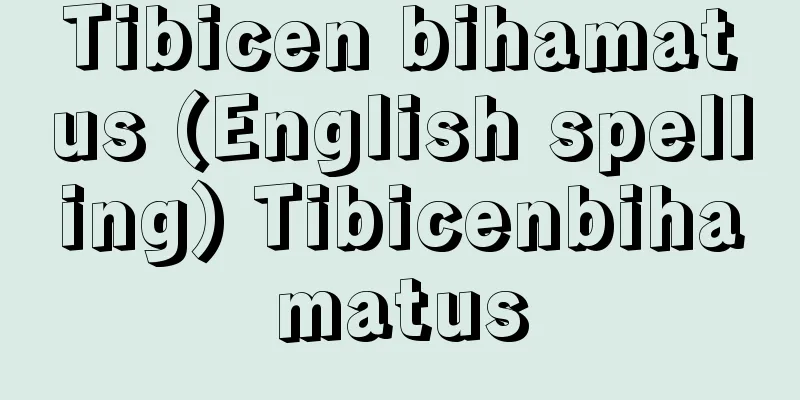Werth, E. (English spelling) WerthE

|
… From [Plow]...This is because the origins of various types of wheat, some cereals (foxtail millet, millet), and large livestock (cattle, camels) are all included in this area, which is the basic complex of plow farming. Emil Werth, who believes that the plow originated from the digging stick, assumes that the origin was in the area from northwestern India to Afghanistan, where plow farming and hoe farming coexisted. On the other hand, there is also a view that the origin of the plow is located in the west of this area, because the existence of the plow has been confirmed in Mesopotamia around the 3rd millennium BC, and because the use of the traction force of livestock such as the wheel is thought to have been invented in Western Asia. *Some of the terminology that mentions "Werth, E." is listed below. Source | Heibonsha World Encyclopedia 2nd Edition | Information |
|
… 【すき(犂)】より…それは,前記の犂農業の基本複合のうち,各種の麦類,雑穀の一部(アワ,キビ),大家畜(牛,ラクダ)の原産地がいずれもこの範域に含まれていることによる。掘棒から犂の発生を考えるウェルトEmil Werthは,犂農業と鍬農業の併存地帯のうちインド北西部からアフガニスタン付近を起源地と想定している。一方前3千年紀ごろに犂の存在がメソポタミアで確認されること,また車輪のような家畜の牽引力利用の発明地が西アジアと考えられることなどから,この範域でも西寄りに犂の発生地を求める見解もある。… ※「Werth,E.」について言及している用語解説の一部を掲載しています。 出典|株式会社平凡社世界大百科事典 第2版について | 情報 |
Recommend
khaṭīb (English spelling) khatib
…In the radical faction of the Reformation, inclu...
Utashimaso - Utashimaso
…It consists of the western half of Mukojima, loc...
Metal - kinzoku (English spelling) metal
Generally, it is a general term for a substance t...
Metallization phenomenon
…The skin at the entrance and exit of the electri...
Asset approach
One of the exchange rate determination theories, i...
Karuna - Karuna
…The original meaning is friendship, fraternity, ...
Keenan, PC (English name) KeenanPC
...This is called the absolute luminosity effect....
amphetamine
1-phenylpropan-2-amine. C 9 H 13 N (135.20). C 6 ...
Titration - titration
This refers to the method or procedure used in vo...
Loyalty - Chuushin
〘Noun〙 Loyalty and faith. Faithfulness and faithfu...
Anrakuji Temple (Saitama) - Anrakuji Temple
...Housing development is also taking place in th...
Kamba people - Kamba tribe (English spelling)
They are a Bantu-speaking ethnic group living in a...
Retrobulbar neuritis
…(2) Optic neuritis In a broad sense, it refers t...
"Unshu Tool Purchase Book" - Unshu Tool Purchase Book
...A catalog of tools collected by Matsudaira Fum...
Volume of wood
It is a term used to express the volume of wood, ...









